Food sector sees AI innovation surge as Mondelez unveils plans to develop new Oreo flavors using AI technology, sparking widespread interest. In fact, AI collaboration with food companies is not new, as brands like Muji and Coca-Cola have previously launched new products designed with AI. Public reactions to such collaborations vary, with some consumers expressing concerns about the future of Oreo's flavors.
To explore the true taste of AI snacks, some individuals purchased Muji's AI potato chips and compared three classic flavors. Muji's AI potato chips come in three flavors: Chinese, Southeast Asian, and Western, while the control group included cheese, honey butter, and seaweed salt flavors. The packaging of the AI potato chips features a taste description with profound meaning, noting that these flavors are based on 30 billion simulations, with AI predicting what humans would like.
An evaluation involved 10 participants盲测评分 on six flavors. The results showed that the AI's Southeast Asian flavor surprisingly received the highest score, challenging the stereotype that AI doesn't understand human preferences. However, the AI's Chinese and Western flavors performed poorly, scoring at the bottom. In contrast, although the human group didn't win the highest score, they had a higher average score and fewer low scores, indicating that human experience-based research produces more stable tastes but lacks surprises.
Participants expressed various emotions while tasting the AI flavors, with many saying the taste was "interesting." However, after the novelty wore off, the Chinese and Western flavors received a lot of criticism, with comments like "herbal taste" and "mushy" popping up. The Western flavor was even described as "disorganized," with a mix of flavors lacking in complexity. These feedbacks reflect the limitations of AI in data processing and flavor blending.
AI has a significant advantage in data statistics, but the quality of the output depends on the quality of the database. For example, the Chinese flavor may have been influenced by Chinese dietary data, resulting in a salty taste. This highlights a problem with AI models: general models perform poorly in niche areas, and too much irrelevant data can interfere with the results. Therefore, some AI companies are beginning to train specialized small models to improve accuracy in specific fields.
For fast-moving consumer brands, using AI as a core research and development force and training AI models tailored to the target group's preferences may be a wise choice. Although the initial investment is high, it can save subsequent research and development time, improve efficiency, and truly meet users' personalized needs. For instance, Coca-Cola once launched "Future 3000-Year Coke" designed and adjusted by AI, which was difficult to describe in terms of taste, but showed the potential of AI in product development.
AI extends beyond the food industry, with wide applications in industrial sectors. At the Intel New Quality Productivity Conference, an AI quality inspection system demonstrated its huge potential in automated production lines. The system quickly judges whether products are qualified through cameras and automatically removes不合格 items, significantly improving production efficiency. AI also plays a vital role in product development, drug design, and fashion design.
AI is becoming a new industrial driver, changing our lives. From food to clothing, from production lines to research rooms, AI is everywhere. Although AI innovation sometimes encounters failures, the improvement in efficiency and personalized experience is undeniable. As technology continues to advance, AI will play a significant role in more fields, bringing more surprises to humanity.

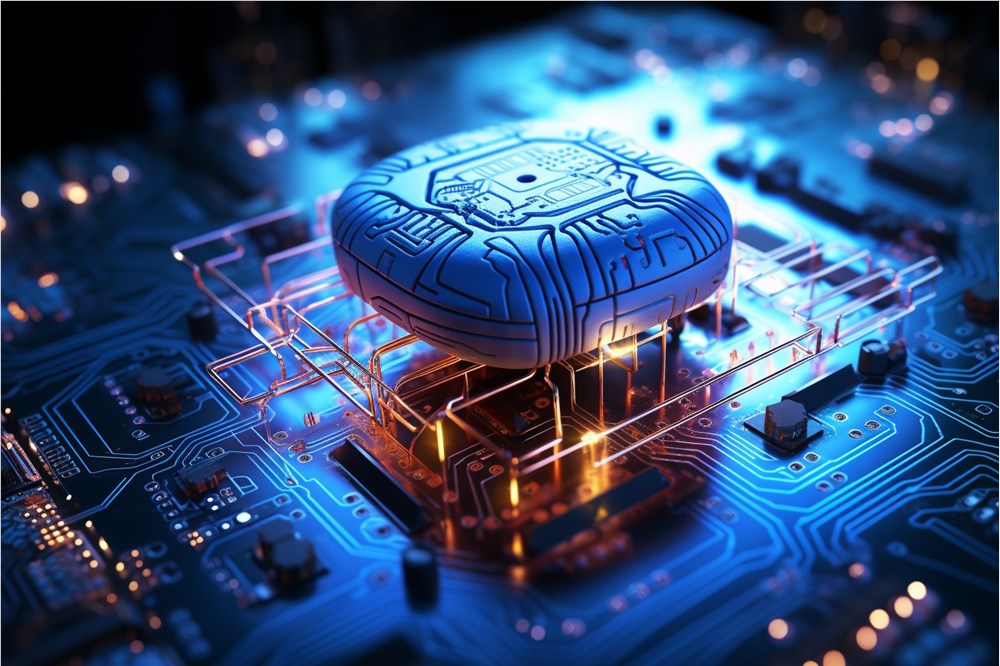
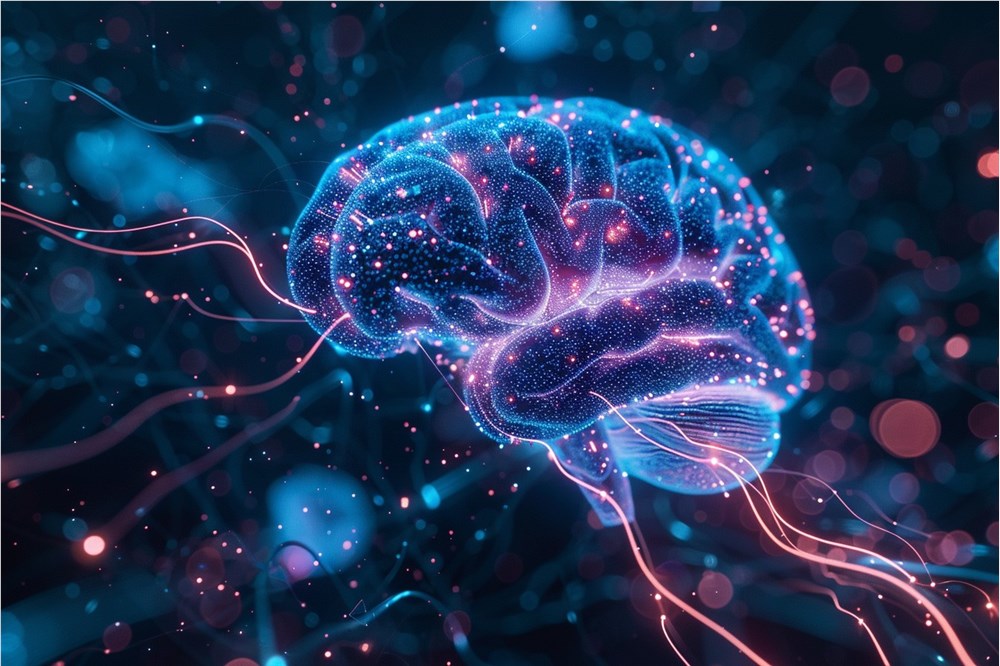
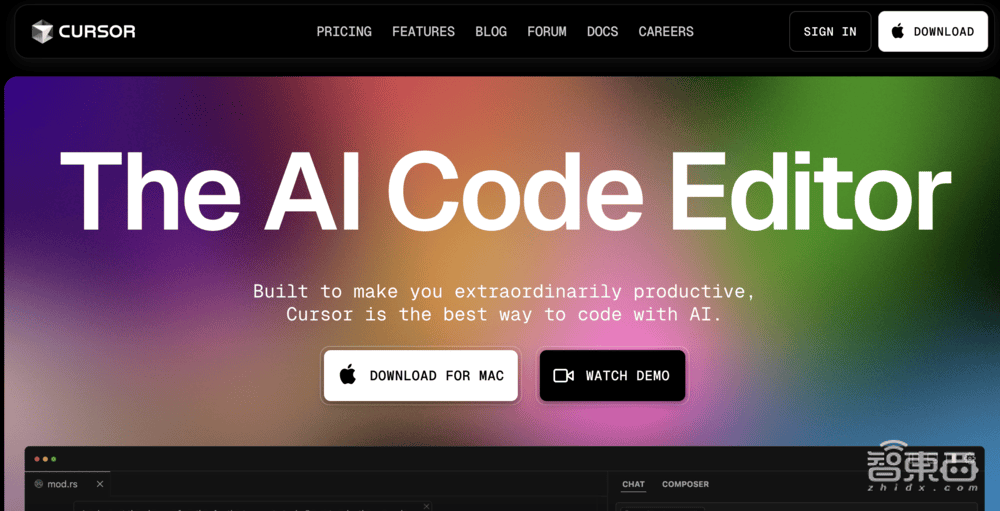
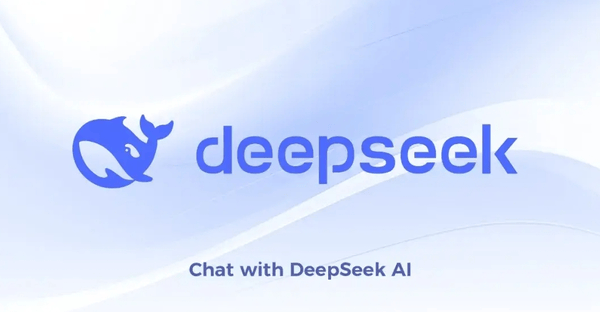

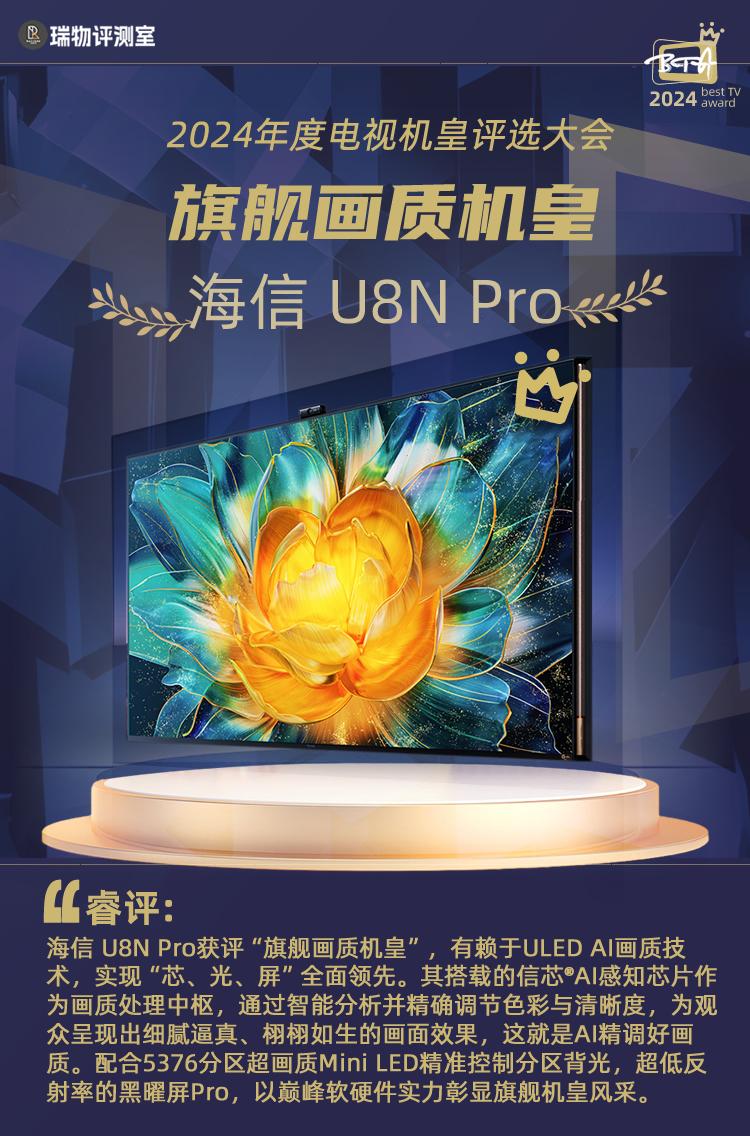

暂无评论